Empress Dowager Cixi attacked the chef just because of one soup, the cause was oil even though she had been eating it for 10 years?
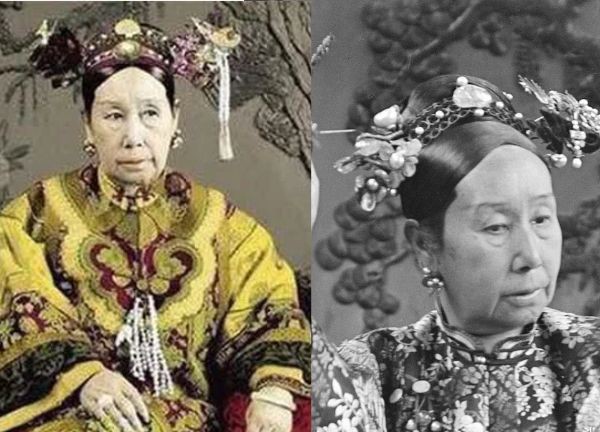
3 | 1 Discuss | Share
At the book launch "Following Queen Nam Phuong and King Bao Dai", authors Nguyen Phuoc Vinh Dao and Nguyen Thi Thanh Thuy gave their own perspective on two important figures of the Nguyen Dynasty.
In the book, the author wrote: "Nam Phuong Queen is really a Cochinchin, born in Saigon, hometown in Tan An (Long An), hometown in Long Thanh My (Thu Duc City)".
Specifically, some biographies of Queen Nam Phuong state that she was born on 4/12/1914 in Go Cong (Tien Giang), whose father was Mr. Nguyen Huu Hao, in a family of landowners spanning the southern provinces. She is also believed to be the granddaughter of Le Phat Dat – one of the four richest people in Cochinchina, belonging to a long-standing Catholic family. He built the church of Huyen Sy, the great-grandson of Saint Martyr Mathieu Le Van Gam.
But according to Dao and Thuy, much of these details are "inaccurate." To verify the birthplace of Queen Nam Phuong, the two authors investigated the background of Nguyen Huu Hao. When they arrived in Go Cong (Tien Giang), they revealed that no one knew who Nguyen Huu Hao's father was, and was not related to this land.
According to the author, Nguyen Huu Hao was born into a poor Catholic family, originally from Tan Hoa village, in Cho Lon province (present-day Ho Chi Minh City). The reason for the confusion is that Go Cong during this time appeared in two places: One in the present-day Thu Duc city, and the other in Dinh Tuong province, now Tien Giang.
Nguyen Huu Hao was introduced by Rabbi Mossard to Saigon Minor Seminary. After that, he went to work and kept books for billionaire Le Phat Dat family. He met, fell in love and married Mr. Dat's daughter, Le Thi Binh. With the help of his wife's family, Mr. Hao gradually created his own property.
The two authors also returned to the parish of Saint Gem (formerly known as Go Cong religious family, in present-day Thu Duc City), the hometown of Saint Martyr Mathieu Le Van Gam. Later, the two learned that Mr. Le Phat Dat was not related to this saint.
When they traced the family tree, they discovered that Nguyen Huu Hao belonged to the aforementioned family. Therefore, they believe that Queen Nam Phuong's paternal family is related to Saint Martyr Mathieu Le Van Gam, not the maternal side as documented.
Besides, the date of birth of Empress Nam Fang is also said to be mysterious. According to the Souverains et Notabilités d'Indochine (Biography of Kings and Relatives of Indochina) published by the French Governor-General in Indochina in 1943, she is believed to have been born on December 4, 1914. However, when the queen died, another date of birth was seen engraved on her tombstone in France, on November 14, 1913.
After research, the author suggested that the date of birth of the queen according to the lunar calendar is October 17. However, because she was born in the same year as King Bao Dai, the Nguyen Dynasty may have pushed back her birth year by one year, so that from the year of the Ox (1913) to the year of the Gradually (1914). The 17/10/1914 lunar calendar is 4/12/1914 (solar calendar), leading to confusion about the birth date of Empress Nanfang. In fact, the 17/10/1913 lunar calendar is dated 14/11/1913.
In addition, in the book, side stories are reproduced, bringing a lot of knowledge, providing more insight into the two characters. In particular, the work deals with the social and volunteer activities of Queen Nam Phuong, her relationship with the French elite and aristocracy, her 16 years living away from Vietnam as well as the court work of King Bao Dai, the love story of his marriage.
French literature doctor Vinh Dao said that to find, study and verify information revolving around the queen and king is not simple.
"We have researched for 3 years, traced from North to South, from Vietnam to France, there are very few intact documents and publications but only anecdotes from local people so they have not been verified. Finding documents is difficult, when finding them is very sketchy and not sure of accuracy", author Vinh Dao shared.
Sharing about Queen Nam Phuong, author Nguyen Thi Thanh Thuy affirmed that she had a happy time for 10 years from 1934-1944 with proof that the queen had 5 princes and princesses.
"However, every time she became pregnant and gave birth, King Bao Dai had a lover. She raised five children alone in France. The king has not fulfilled the meaning of conjugal love, but she still keeps the image of her husband," said author Nguyen Thi Thanh Thuy.
The author emphasized that with her love of history, especially the image of Vietnamese women, she is very fond of the image of Queen Nam Phuong - an advanced, knowledgeable, pioneering woman in the feudal era, a model of a modern Vietnamese woman.
The authors assert that information about the lovers of King Bao Dai also has a lot of patchwork and embroidery information. As for the famous letter of jealousy of the empress Nanfang, the authors do not have accurate information and concrete proof.
In addition, the authors expressed regret when they could not find information about the daughter of King Bao Dai with his foreign wife.
"We have not yet found information, we are not sure if she is the 12th child or the last daughter because the birth certificate has been crossed out and only the word 'adopt' of the imperial court is seen," Dr. Vinh Dao said.
The Queen is inferior to the three favored concubines with the highest positions in Chinese history. Who are they? 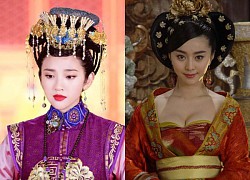 Keng15:49:09 26/12/2023The queen is considered to be a match for the prince, has the highest status, and is the owner of all concubines. But there were times when a concubine's position in the harem actually depended on the emperor.
Keng15:49:09 26/12/2023The queen is considered to be a match for the prince, has the highest status, and is the owner of all concubines. But there were times when a concubine's position in the harem actually depended on the emperor.

3 | 1 Discuss | Share
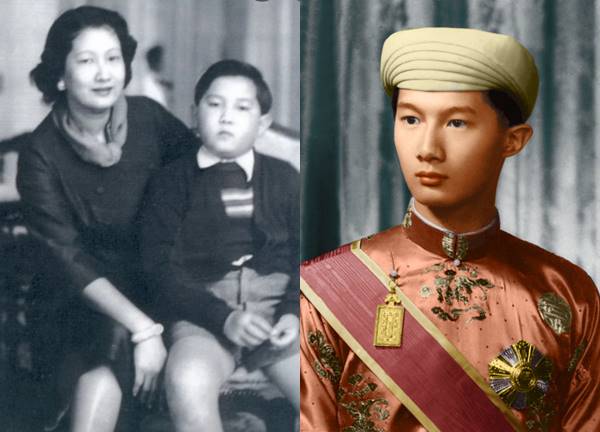
5 | 0 Discuss | Share
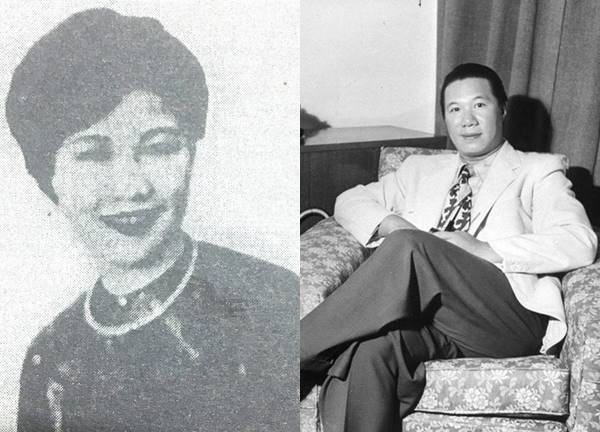
2 | 0 Discuss | Share
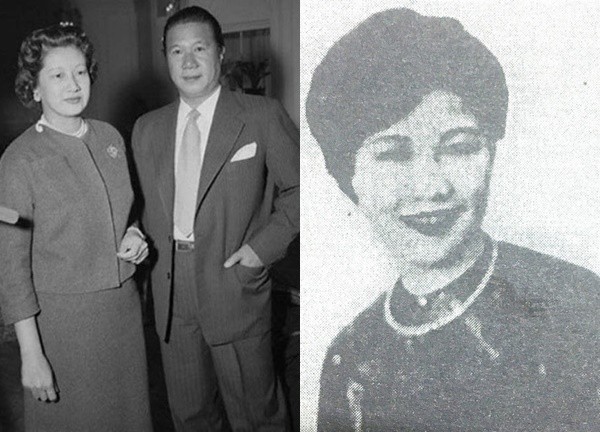
5 | 0 Discuss | Share
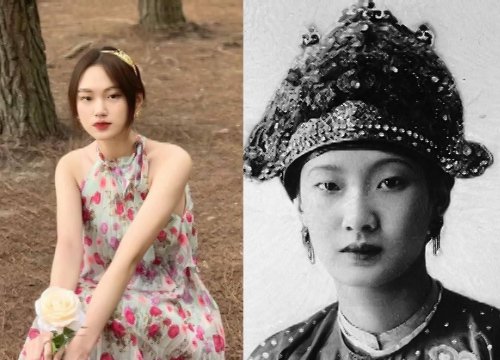
5 | 0 Discuss | Share
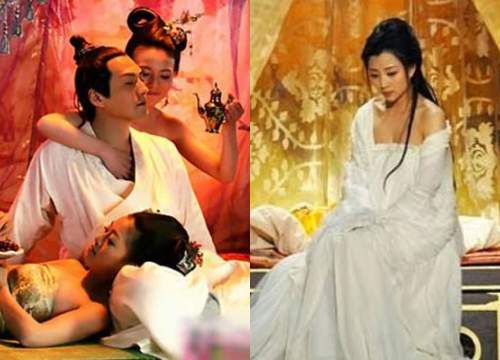
5 | 0 Discuss | Share

3 | 1 Discuss | Share
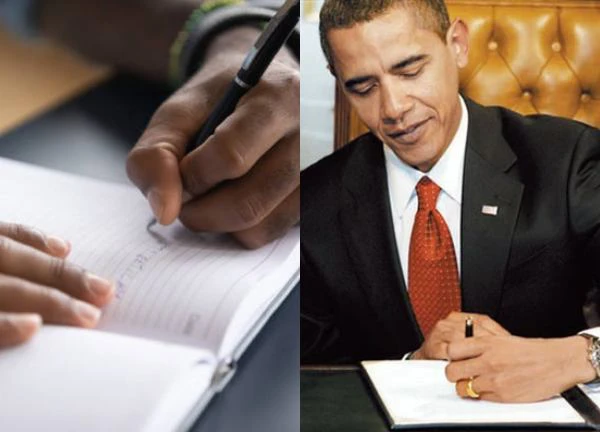
2 | 1 Discuss | Share

1 | 1 Discuss | Share

3 | 1 Discuss | Share

5 | 1 Discuss | Share

3 | 1 Discuss | Share










2 | 1 Discuss | Report